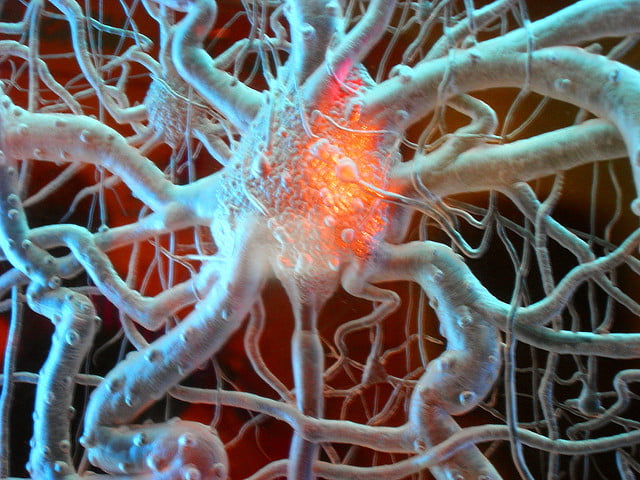A new understanding of what takes place at the cellular level during the development of neurodegenerative diseases, such as Parkinson’s, Alzheimer’s, Epilepsy, ALS and Huntington’s diseases, offers promise towards possible new treatments, according to researchers at the Hebrew University of Jerusalem.
Related articles
- Scientists Make Cells Glow To Better Understand Cell Growth
- Israeli Researchers Track Post-Traumatic Stress In The Brain
Neurodegeneration is the umbrella term for the progressive loss of function of neurons, including death of neurons, which lead to the impairment of motor function or cognitive function or both.
For example, Alzheimer’s disease is characterized by loss of neurons and synapses in the cerebral cortex of the brain, resulting in degeneration of the affected regions.
Neurodegenerative diseases have generally been linked to toxic protein deposits, but there is much that is unknown about the mechanism through which aggregation causes toxicity and death at the cellular level.
And while inclusion bodies — structures comprised of pathogenic protein aggregates — are seen as a hallmark of neurodegenerative diseases, the relationship between inclusions and disease has remained somewhat mysterious.
In a study published in PNAS (Proceedings of the National Academy of Sciences) in the United States, Hebrew University researchers working in the lab of Dr. Daniel Kaganovich in the Cell and Developmental Biology Department presented evidence that suggests that these inclusion bodies, which have traditionally been thought to accompany disease onset, actually have a cell-biological function that is not necessarily related to the disease conditions.
The researchers also suggest that some of those inclusion bodies not only are not toxic, but actually are part of a natural protective process of the body. The researchers have identified two inclusion bodies, which they call JUNQ and IPOD. Aggregation in the JUNQ can lead to toxicity, whereas aggregation in the IPOD is protective.
These findings, say the Hebrew University researchers, point up a new potential strategy for designing treatment for neurodegenerative diseases. Instead of preventing proteins from aggregating, which can be very difficult, it may be possible to enhance the ability of cells to actively surround harmful aggregates within protective inclusions, thereby neutralizing the toxic proteins that bring on further neurodegenerative damage.
Photo by shouldbhappy
Related posts

Israeli Medical Technologies That Could Change The World

Harnessing Our Own Bodies For Side Effect-Free Weight Loss

Missing Protein Could Unlock Treatment For Aggressive Lung Cancer




Facebook comments